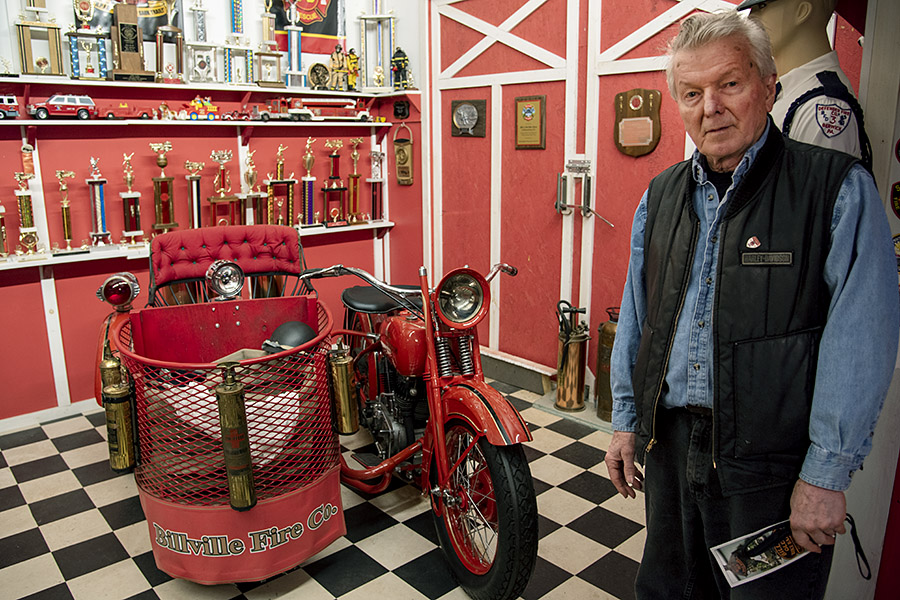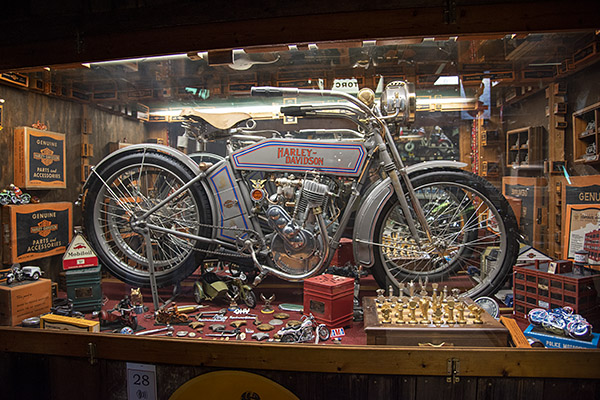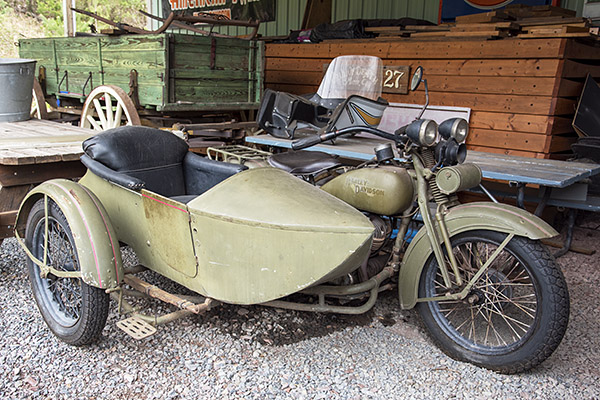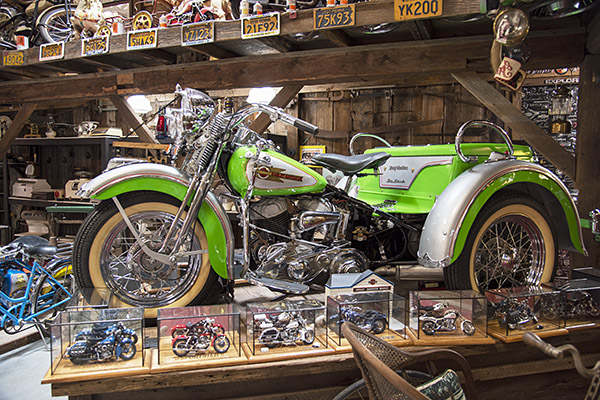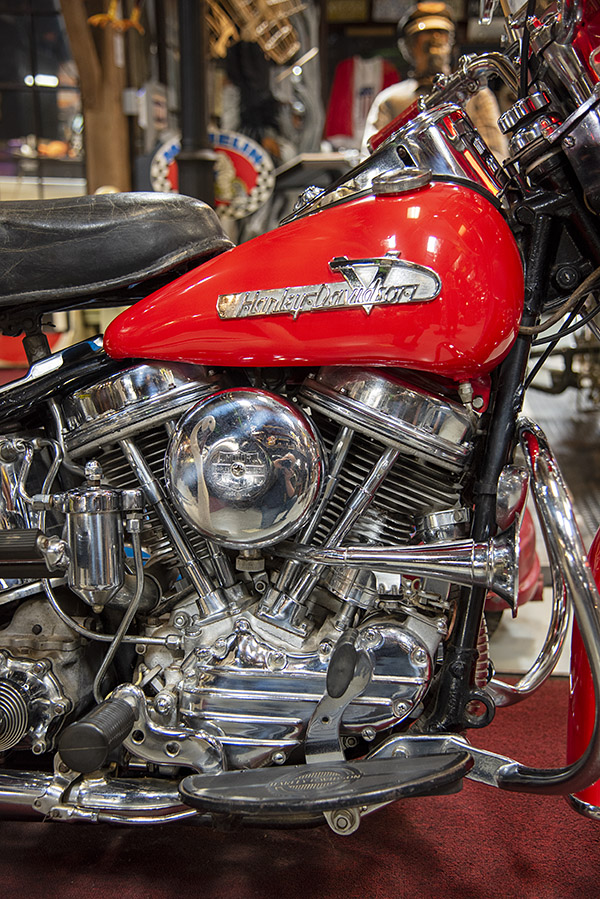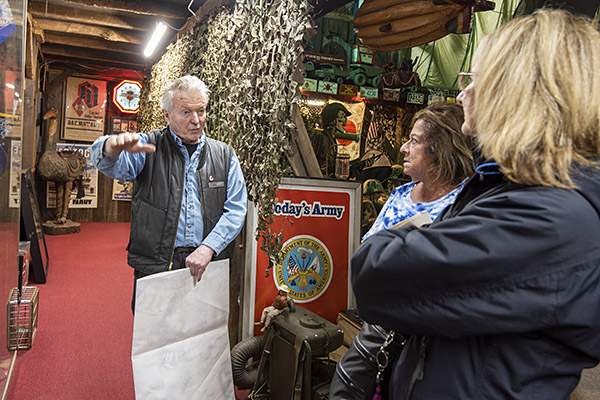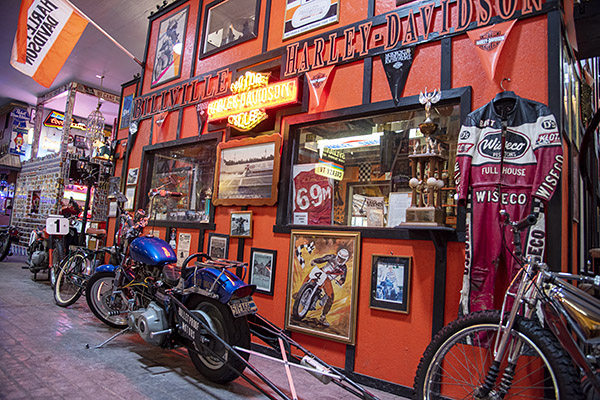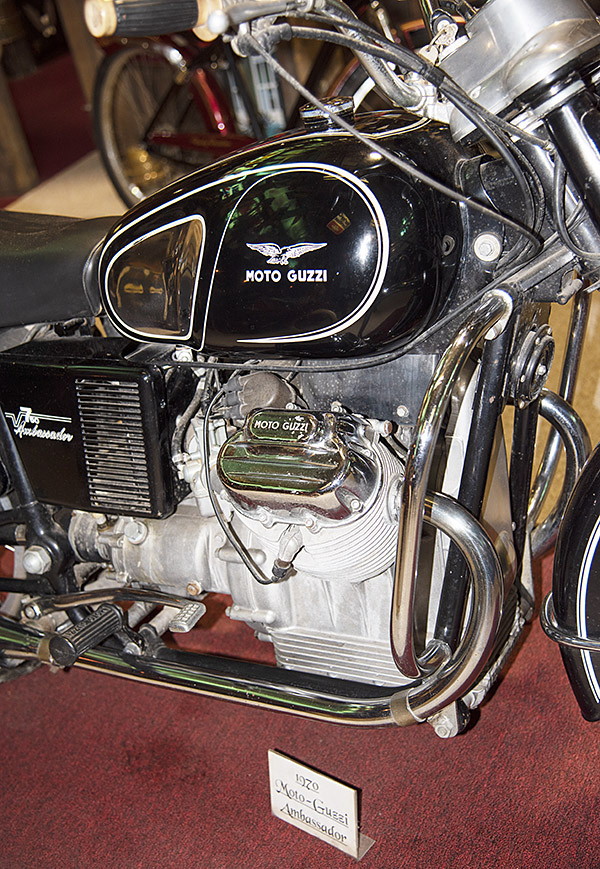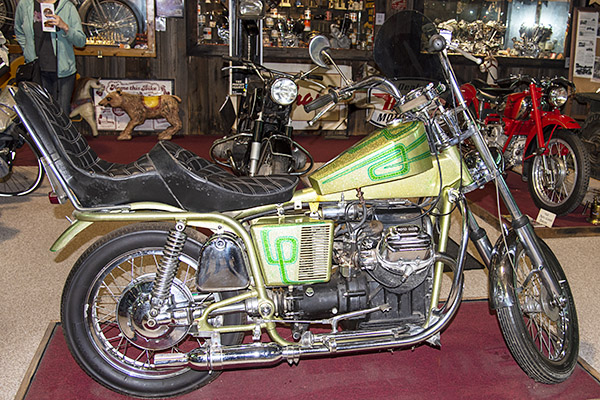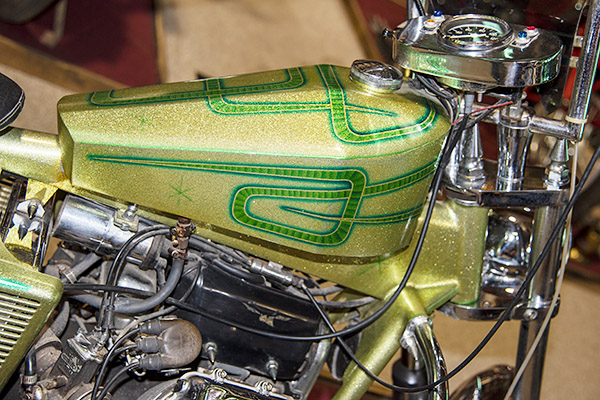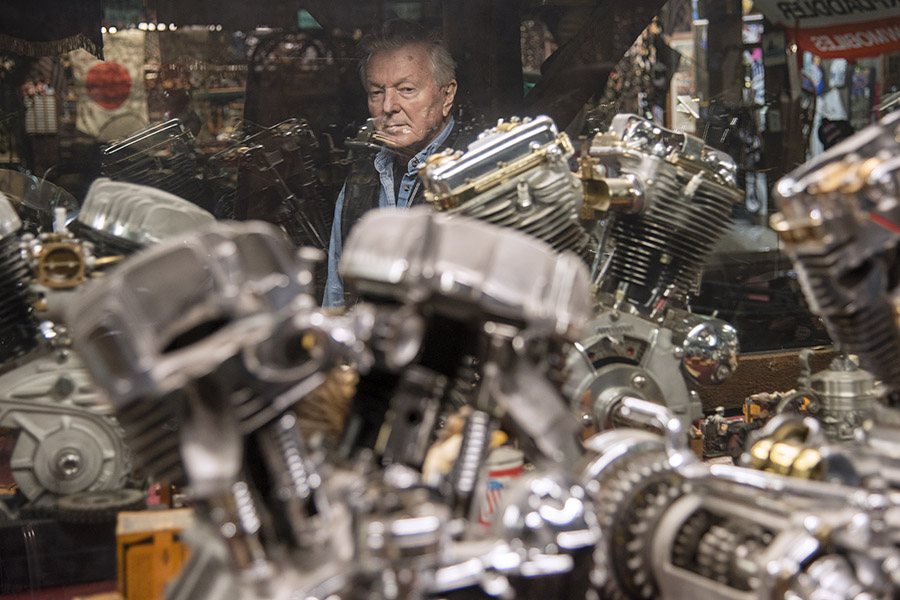The Quail motorcycle show Facebook page posted up photos of the bike that won Best In Show. The bike was a Vincent V-twin engine slung into a banana style frame. The front wheel was almost all brake drum with the levers and pivots inside the polished backing plate/dust cover. The foot pegs were forward mounted and the handlebars were very low attached near the top triple clamp, the control levers were internal cable type to leave a clean tube.
To ride the bike, if it was even rideable, your body would be bent into a severe “C” shape. For me, the bike would be unusable and I don’t think anyone ever really planned on riding it more than a mile or two. I don’t want to pick on this particular machine. There is no denying the skill that went into the build, but the bike reminded me why I’ve gone sour on custom, show bike stuff. Here’s my list of 5 reasons I don’t like custom bikes.

Reason Number One: Professional Builders
I understand that people have to make a living. If you are good at building custom bikes you should get paid for it. However, from the customer standpoint hiring others to build a custom bike for you ultimately means nothing. Well, not nothing…I guess it means you have the money to hire a builder. Yea you.
Motorcycles are tools to build your personal experience. They are the means, not the end. The rides you take in the stinging rain, switching to reserve on a lonely highway or cold ice cream from a glass-top freezer are the true artistry of the motorcycle. Making the mundane exceptional is the reason motorcycles exist. Having a custom bike won’t make that experience better any more than a gold-plated paintbrush will make you a better artist. Throwing tons of money at a professional builder to win a bike show hollows out the win. What was it for? You didn’t paint that picture.
Reason Number Two: Regressive Engineering
I’ve built custom bikes in the past. They would be considered Tracker-Style today but back when I built them the goal was lighter weight, improved handling, better braking and more speed. I wasn’t averse to making the bikes look cool as long as it didn’t get in the way of a better motorcycle. The modern custom bike scene sees master engineers and amazing craftsmen devoted to making fantastically intricate clockwork movements that cannot tell the time of day. Look Ma, no hands! Useless quality, while nice to look at, is still useless. The custom-built bike turns out to be a worse motorcycle for all the effort. The handling is worse, the practicality is much worse, the braking is worse.
We see beautifully designed, narrow tube chrome forks that work as if they have no suspension. We see swoopy frames connected with buttery welds but poor in every factual way. They scrape the ground rounding a mild corner and flex under the slightest load. Think of the misallocation of skills: we have our best and brightest motorcycle engineers and craftsmen wasting their time building non-functional wall hangings. We are squandering talent and treasure and there isn’t that much around here to squander.
Reason Number Three: Art for Art’s Sake
I hear you. These are rolling art projects. Custom bikes aren’t supposed to be sensible. I learned a long time ago that art is defined by the artist: If you say it’s art then it’s art, dammit. My problem is that there’s nothing particularly new or innovative going on in the custom bike scene…oops… I mean art world. The motorcycles are all derivatives of each other with the few new-ish ideas getting beat to death over and over. Is it really art if we are just coloring between the same lines? Is bolting on a tiny fireman’s ladder art? How low can we set the bar?
I’m going to cause hurt feelings here but the custom bike scene is no more artistic than making a different length lanyard in your grade school arts and crafts class. In fact, it is craft, something that can be taught and through repetition honed to perfection.

Reason Number Four: Stupidity is the New Cool
Up until the 1980s most custom bikes were rideable. A little rake, a bit of extension to get the stance right, funky pipes, and maybe a cool seat, but the bike could still get around without causing too much pain. Those days are gone, replaced by the excess, the decorative, and the soulless. Now custom bikes must tick all the stupid boxes. Hubless wheels? Check. Horribly ugly bagger with giant front tire? Check. Cookie cutter, store-bought choppers that look exactly the same as every other cookie-cutter chopper? Check. If you’re going to remove the burden of function and place a motorcycle in the art world then that world demands better than what we see now. How many Mona Lisa copies does it take before someone builds a melting landscape? The custom scene is boring crap and deep in your heart you know it.

Reason Number Five: I’m Getting Too Old For This
When we were kids we used to cut up good running motorcycles thinking we were doing something worthwhile. My dad would tell us to leave it alone, that we were just going to make it worse and he was right. We did make the bikes worse. There are a million Harleys out there so go ahead and butcher them if you must, but when I see a nice classic bike tore up to make look it look like a child’s toy I say, “I’m getting too old for this.” I realize that everything I cherish will disappear eventually. I know that it’s your bike and you can do what you want to it. I know it’s none of my business, but if destroying nice bikes to make boring customs is your thing I don’t have to like it. Skill and craftsmanship do not absolve you from responsibility and I will not go quietly into the night.
More listicles? Here they are!
Never miss an ExNotes blog!


